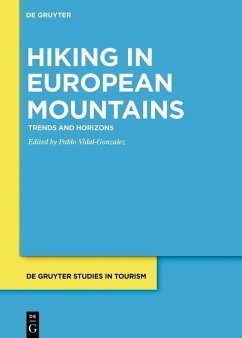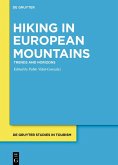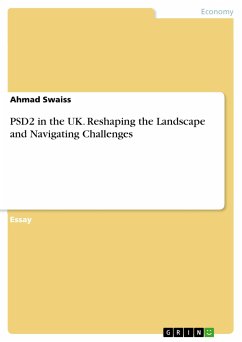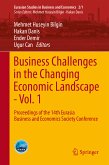Nature sports in general and hiking in particular have become, in our urban and post-industrial societies, a growing phenomenon practiced by millions of citizens. The motivations and interests of this large group are varied, but they have a common element: to disconnect from stressful modern life and reconnect with nature. National parks and other protected areas are the preferred destinations, but they present an challenging contrast for land management: conservation versus tourist use. While once considered a romantic practice of escape and discovery, hiking is now a consumer product and a tourist experience. It promises experiences of disconnection, quiet and health; yet, natural spaces are increasingly scarce and more often than not they are crowded by other recreationalists. This book presents a multidisciplinary perspective on the latest trends and developments in hiking. In particular, the authors work from a European perspective with various outdoor recreation models represented and different conservation initiatives explored in the contexts of Spain, Norway, Poland, Germany and Lebanon. Collectively, the authors attend to hiking as a social phenomenon and economic opportunity, which has the potential to sustainably revitalize rural destinations, if managed properly.
Pablo Vidal-González, Universidad Católica de Valencia, Spain
Dieser Download kann aus rechtlichen Gründen nur mit Rechnungsadresse in A, B, BG, CY, CZ, D, DK, EW, E, FIN, F, GR, HR, H, IRL, I, LT, L, LR, M, NL, PL, P, R, S, SLO, SK ausgeliefert werden.









